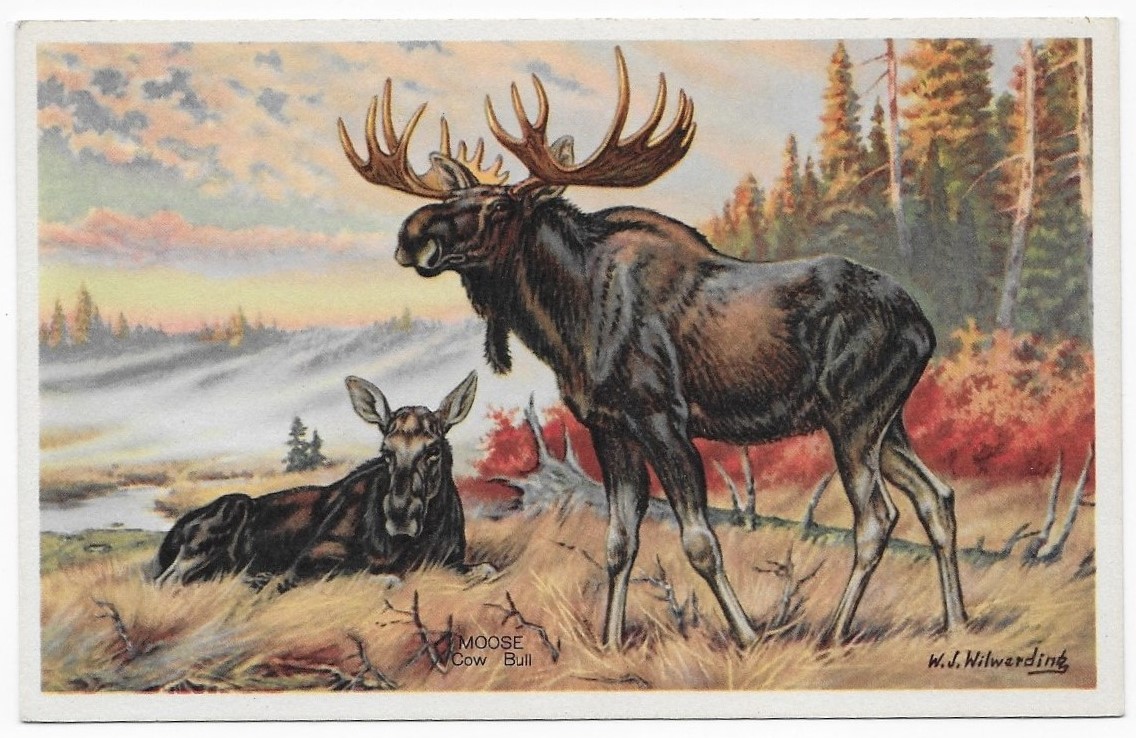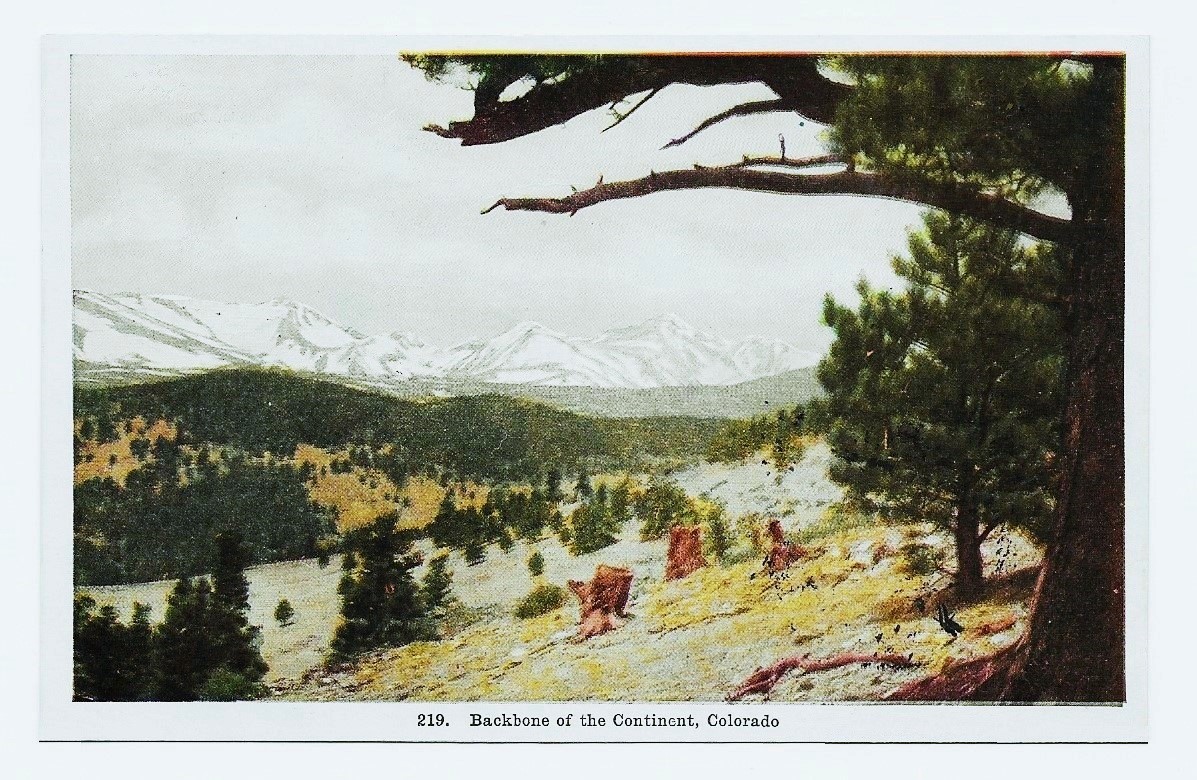
Natural Wonders
All The Wonders Of The World.
Enjoying natural wonders
From the time of its “discovery” by Europeans, America has been celebrated for the natural wonders of forests. mountains, rivers, lakes, animals, and plants that are found here.
Early Presidents, such as Washington and Jefferson, made special trips to see and record their impressions of natural phenomena such as Virginia’s “Natural Bridge”.
We may assume that people of the early 20 th century shared a curiosity about the world and its splendor that is a part of our common human nature.
There were, however, several larger developments in national life that contributed to the explosion of postcards related to Nature.
One large factor was the continued movement of persons into previously unsettled areas. In the last decade of the 19 th century, the territories of Idaho, Wyoming, and Utah entered the Union; in the years of 19o6 to 1912, to 1920, Oklahoma, Arizona, and New Mexico became states. There was a hunger for photographs of the new parts of the nation.
The development of National Parks was a second factor in the growth of postcard illustrations of Natural Wonders. The designation of National Parks began in the 19 th century, but efforts continued through the commitment of Progressive leaders such as Theodore Roosevelt to identify the unique features of the continental US, such as Yosemite and the Grand Canyon, as national treasures and a part of the American birthright.
This popular enthusiasm for conservation of preservation of natural wonders was not entirely driven by the federal government; conservation efforts in large and prosperous eastern states such as New York and Pennsylvania led to state parks, protected campgrounds, and nature preserves in the Adirondack Mountains and remaining parts of the Great Eastern Forest.
Advances in public transportation, especially the railroads, was a third major factor in the popularity of postcards featuring natural wonders.
The great railroad systems, especially the Union Pacific, Burlington, and Great Northern promoted their passenger services by distributing hundreds of postcard photographs of National Parks or scenic splendors that could be reached or seen from their railways.
The Harvey House Restaurant chain, which began as dining rooms for passengers at railroad stations, began building hotels and resorts in proximity to natural parks. The Harvey Houses promoted their businesses by distributing remarkable hand-colored photographs or original postcard art of local points of interest.
Fourthly, the development of less expensive personal cameras and the rapid growth in the ownership of cameras led to a surge of postcard photographs that were taken by individual hikers, tourists, or travelers. For the first decade of the twentieth century, personal photographs were developed at local photography studios or print shops. These private photographs, however, were commonly printed on postcards, so many photographs of local or regional scenes were exchanged through personal
correspondence.

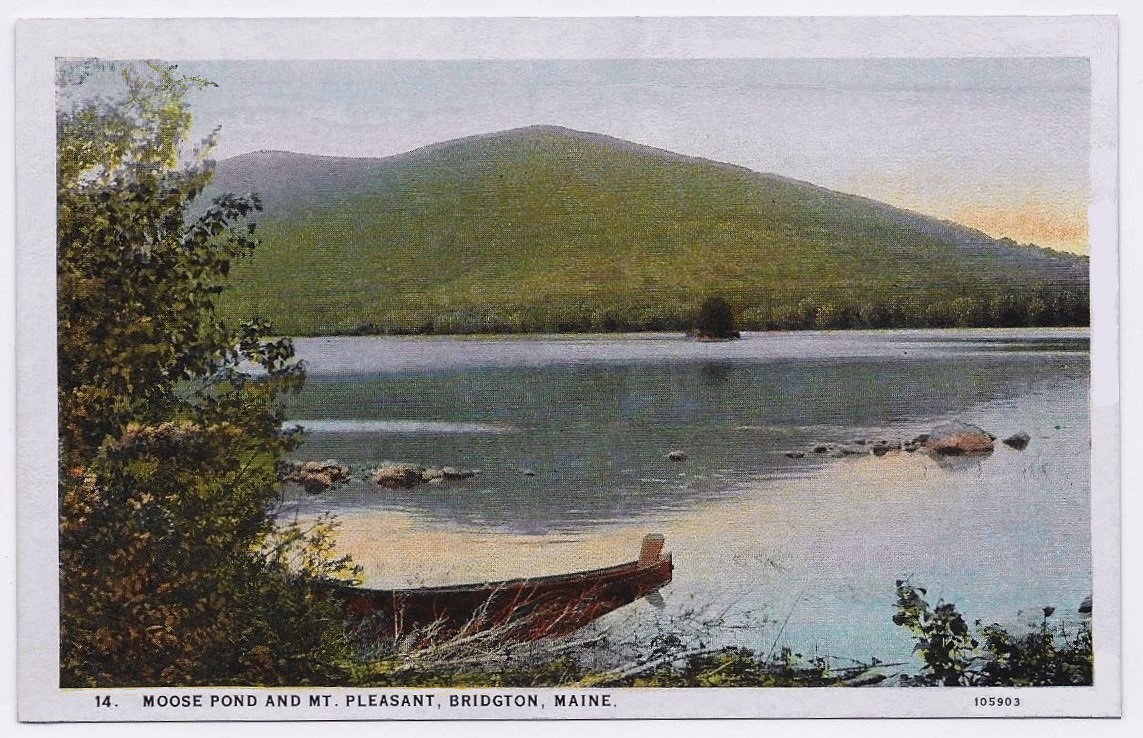
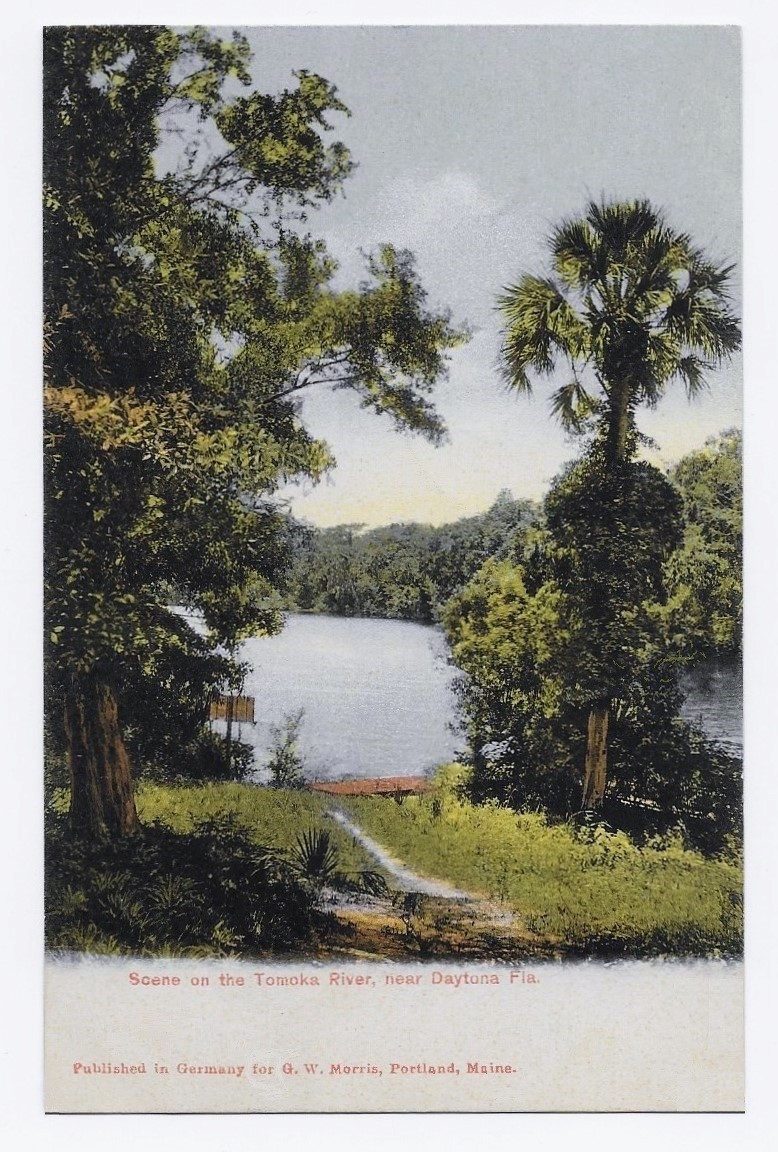
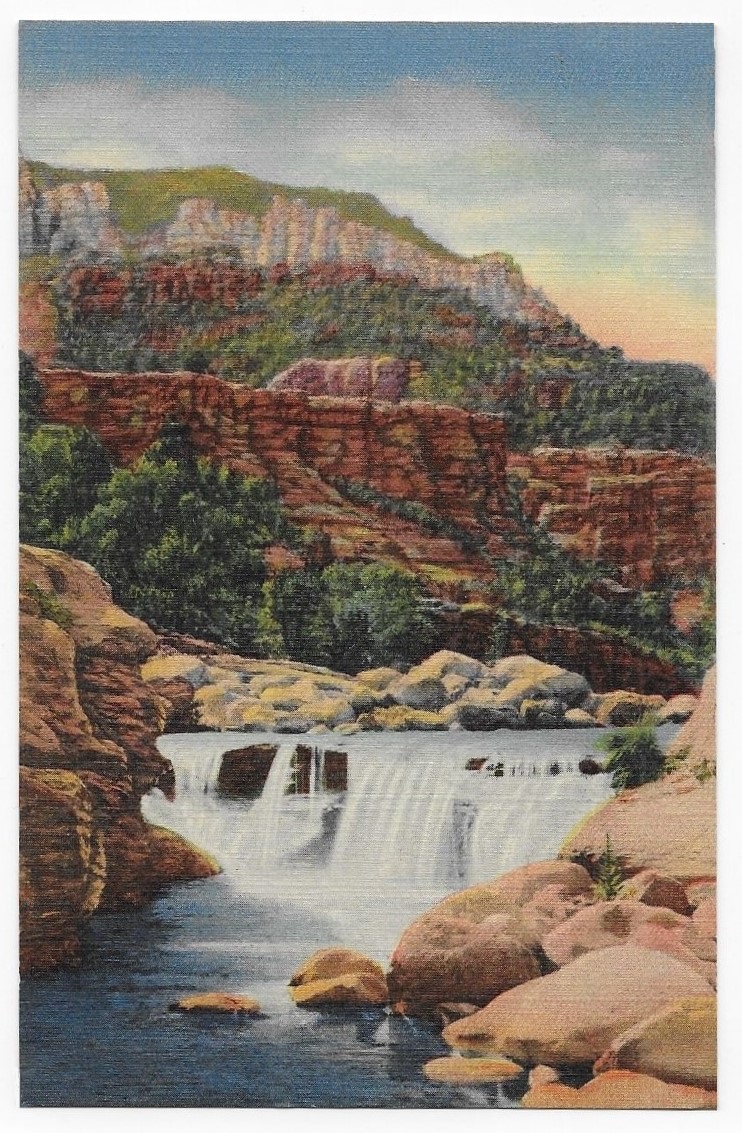
“Lillie and Sam Have Much to Tell” – Vallejo, California (1950)
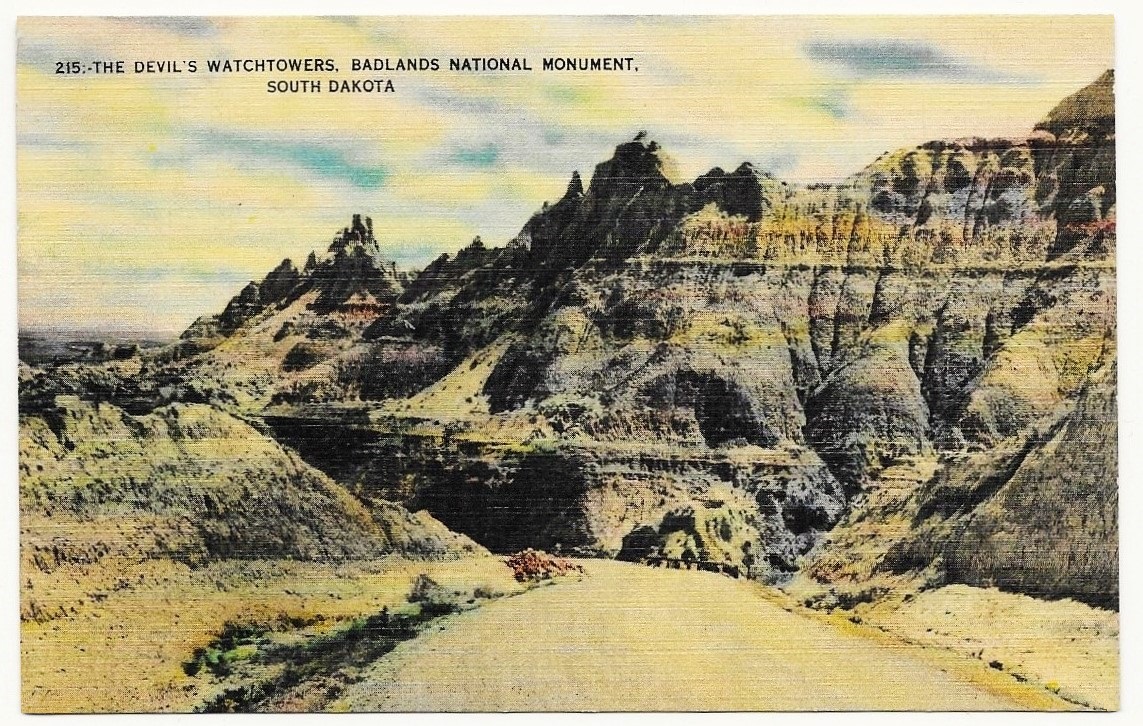
“Esther and Dorothy Watch the Cowboys” – Rapid City, South Dakota (1941)
